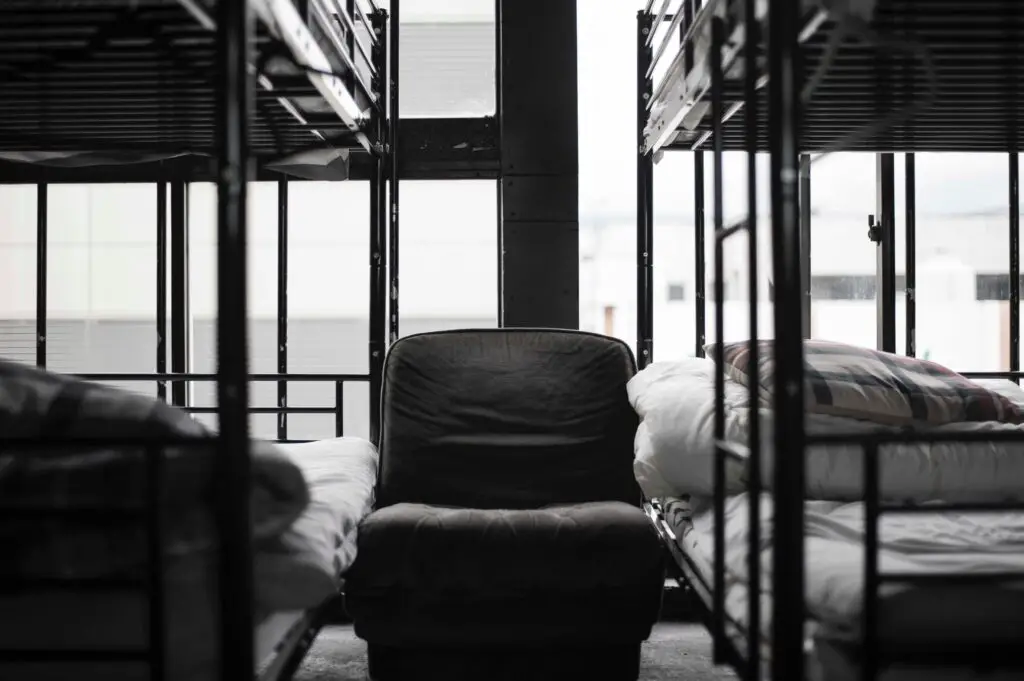Introduction
The United States Military Academy, commonly known as West Point, is a renowned institution that trains cadets to become leaders of character in the U.S. Army. As part of the rigorous training, cadets reside in dormitories, commonly referred to as barracks, during their four-year stay. These dorms are unique in their structure, rules, and culture, designed to foster a sense of discipline and camaraderie among the cadets. In this blog post, we will delve into the dorms at the United States Military Academy, exploring their features, benefits, and challenges.

The Barracks’ Design and Facilities
The barracks at West Point are unique in their design, with each room built to accommodate two cadets. These rooms feature a sink, a mirror, a desk, a chair, two closets, and two twin beds. The cadets are responsible for maintaining the cleanliness and orderliness of their rooms, with inspections carried out regularly. The dorms also have shared spaces, such as the latrine, which includes communal sinks, toilets, and showers. The communal areas are designed to encourage cadets to bond and develop camaraderie.
In addition to the living spaces, the barracks also have facilities to support cadets’ training and development. The barracks’ basement houses a weight room, where cadets can work out and improve their fitness levels. There are also music rooms, where cadets can practice their instruments, and a computer room, where they can access the internet and complete their assignments. The barracks’ design and facilities are geared towards creating an environment that supports cadets’ physical, mental, and emotional growth.
The Culture and Community in the Dorms
The dorms at West Point have a unique culture, shaped by the institution’s core values of duty, honor, and country. Cadets are expected to uphold these values in all their interactions, both within and outside the barracks. The barracks’ culture is one of discipline, where rules and regulations are strictly enforced. For example, cadets must always wear their uniforms within the barracks and cannot display any personal items outside their rooms.
The culture in the dorms is also one of camaraderie, where cadets form close bonds and support each other through the challenges of cadet life. Cadets are assigned to companies, which serve as their primary social unit. Within the company, cadets are assigned roles and responsibilities, such as platoon leaders and squad leaders. These positions provide cadets with leadership opportunities and prepare them for their future roles in the U.S. Army.
The Challenges of Living in the Dorms
Living in the dorms at West Point comes with its fair share of challenges. For many cadets, adjusting to the strict rules and regulations can be a difficult transition. The cadets are expected to maintain a high level of discipline and professionalism at all times, which can be mentally and emotionally taxing. The communal living spaces can also be a source of stress, as cadets must navigate the dynamics of living with a roommate and sharing communal spaces.
Additionally, the intense training and academic workload can leave little time for personal pursuits or relaxation. Cadets must balance their academic responsibilities with their military duties, which can be physically and mentally demanding. The dorms’ culture of discipline and camaraderie can also create a sense of pressure to conform and maintain a certain image, which can be stressful for some cadets.
The Benefits of Living in the Dorms
Despite the challenges, living in the dorms at West Point offers many benefits to cadets. The communal living spaces and the culture of camaraderie create a sense of belonging and support. Cadets form close bonds with their roommates and company mates, which can last a lifetime. The sense of community fosters a shared sense of purpose, and cadets can draw strength and motivation from each other during the rigorous training and academic workload.
Living in the dorms also provides cadets with unique opportunities for leadership and personal growth. As mentioned earlier, cadets are assigned roles and responsibilities within their companies, which allows them to practice their leadership skills and prepare for their future roles in the U.S. Army. The disciplined environment of the dorms also instills a sense of responsibility and accountability, which can benefit cadets in their future careers and personal lives.
Conclusion
In conclusion, the dorms at the United States Military Academy are a unique and integral part of the institution’s training program. The design and facilities of the barracks support cadets’ physical, mental, and emotional growth, while the culture and community foster discipline, camaraderie, and leadership. While living in the dorms can be challenging, the benefits outweigh the difficulties, providing cadets with a sense of belonging, purpose, and personal growth that will serve them well in their future careers and personal lives.
